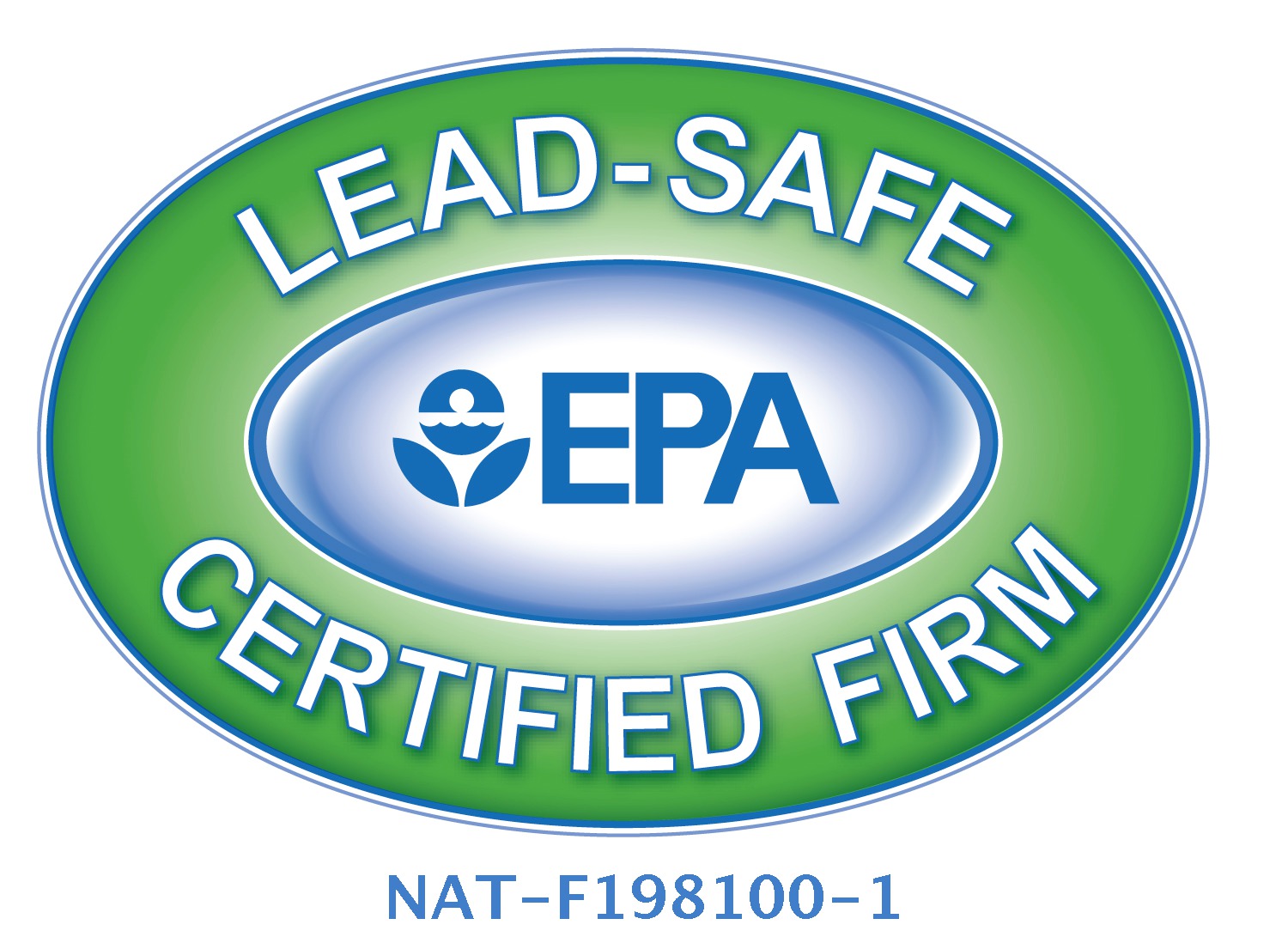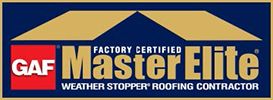A residential roof protects a living space and its residents from weather elements such as moisture and heat. However, these elements, when combined with the wood components of the roofing structure, can make the roof a breeding ground for various bacterial problems — one of them being dry rot. In this article, a professional roofing contractor explains what dry rot is and how it can affect your roofing system.

What Is Dry Rot?
Dry rot is wood decay caused by fungi, which normally thrive in moist and poorly ventilated conditions. It occurs when airborne spores come into contact with damp wood that has a moisture content of over 20 percent. Once fungi start digesting parts of the timber, its strength and stability will be severely compromised.
Cracking, splitting and discoloration are common symptoms of dry rot. When inspecting your roof for dry rot, apply pressure to the suspected area using a screwdriver. When it penetrates the timber or when the wood flakes off quite easily, there is a high chance that dry rot is present.
How to Deal With Dry Rot
Since dry rot can spread at a rapid rate, any roofing and siding expert will advise you to take action as soon as possible. The first thing you should do is address the source of moisture, for example, roof leaks or damaged gutters. While this will not repair the wood affected with dry rot, it will slow down the problem and protect other structural components of your home, such as rafters, load-bearing beams, ceilings, and interior walls. When the dry rot is a severe case, contact a qualified roofing expert in order to restore the damage that has been done to your roof.
For top-quality roofing services, industry-leading products and warranties, and competitive prices, put your trust in Empire Roofing & More. Call our certified team at (412) 414-1570 or fill out our convenient online form to set up an appointment. We work with homeowners in Pittsburgh, Township, PA, and other nearby communities.



